How to Make Your Own Cannabis Seeds: A Simple Step-by-Step Guide
Making regular cannabis seeds is an exciting and rewarding process. It allows you to control the genetics of your plants, ensuring that you always have a fresh supply of seeds with the characteristics you love. By pollinating a female cannabis plant with pollen from a male, you can produce your own seeds. This guide will walk you through the entire process in an easy-to-understand way.
Making regular cannabis seeds 1. Choosing the Right Parent Plants
The foundation of high-quality cannabis seeds starts with selecting the best parent plants. Strong, healthy male and female plants pass on their traits to the next generation, so choosing wisely is key to producing vigorous, high-performing offspring.
What to Look for in Parent Plants
-
High Yield – If you want plants that produce heavy, resinous buds, choose parents with a history of high yields. This ensures the next generation has the genetic potential to be just as productive.
-
Strong Aroma and Flavor – Terpenes define the scent and taste of cannabis. If you love fruity, skunky, or spicy strains, pick parent plants with a terpene profile that matches your preferences.
-
Vigor and Resistance – Healthy plants that resist pests, mold, and environmental stress will pass these strengths to their offspring. Selecting disease-resistant parents leads to more resilient seedlings.
The Role of Male and Female Plants
The female plant has the biggest impact on the offspring’s characteristics, including bud size, potency, and overall growth style. Meanwhile, the male plant contributes essential traits like growth speed, plant structure, and resilience. A well-chosen male can improve the stability and strength of your future plants.
By carefully selecting parent plants with desirable traits, you create a strong genetic foundation for your cannabis seeds. This step ensures your future plants are not only healthy but also tailored to your growing needs and preferences.

Making regular cannabis seeds 2. Identifying Male and Female Cannabis Plants
Before pollinating cannabis plants, it’s important to understand how to tell the difference between male and female plants. Each plays a different role in the reproduction process, and identifying them early can help you control pollination and achieve the desired results.
Male Cannabis Plants
Male plants develop small, round pollen sacs that look like tiny balls. These sacs grow in clusters where leaves and branches meet the main stem. As the plant matures, the sacs swell and eventually open up, releasing pollen into the air. This pollen is necessary for fertilizing female plants, but if you’re growing cannabis for smokable buds, you’ll usually want to remove the males before they pollinate the females.
Female Cannabis Plants
Female plants produce white, hair-like structures called pistils. These hairs grow on the buds and are designed to catch pollen for fertilization. If a female plant is pollinated, it will produce seeds instead of the dense, seedless buds (called “sensimilla”) that most growers prefer. Unfertilized female plants focus all their energy on producing larger, more potent flowers.
When to Identify Plant Sex
The sex of a cannabis plant becomes visible during the flowering stage, which starts about 2 to 4 weeks after the vegetative stage. It’s important to check your plants regularly at this time. Identifying males early allows you to separate them from females if you want to prevent pollination.
By learning to recognize male and female cannabis plants, you can manage your grow properly and maximize your harvest.
Making regular cannabis seeds 3. Isolating Male Cannabis Plants
If male cannabis plants are left to grow alongside females, they will eventually release pollen, fertilizing all nearby female plants. Once pollinated, female plants shift their energy from producing big, potent buds to making seeds. This reduces the overall quality and smokability of the buds, which is why most growers prefer to keep males separate. Properly identifying and managing male plants is essential for controlling pollination and ensuring the best results.
Why Isolating Male Plants is Important
Male cannabis plants exist solely to produce pollen for fertilization. While this is useful for breeding new strains or seed production, it can be a major problem for those looking to grow seedless, high-quality buds (also known as sinsemilla). If even a small amount of pollen reaches a female plant, it will cause seed development, making the buds less desirable for smoking or extraction.
How to Control Pollination
-
Early Identification – Regularly check your plants during the early flowering stage. Male plants develop pollen sacs early on, so spotting them in time allows you to remove or isolate them before they release pollen.
-
Grow Males Separately – If you plan to breed cannabis or collect pollen, grow male plants in a completely separate space, far from female plants. Even a slight breeze can carry pollen and cause unwanted fertilization.
-
Manual Pollination – For breeders, controlled pollination is key. Instead of letting males spread pollen freely, you can collect it by carefully shaking the pollen sacs over a container. This allows you to hand-pollinate selected female flowers while keeping the rest seed-free.
By taking these precautions, you can manage your cannabis grow more effectively. Whether you want to produce seeds or ensure high-quality bud production, properly handling male plants is a crucial step in cannabis cultivation.

Making regular cannabis seeds 4. Collecting the Cannabis Pollen
Male cannabis plants produce pollen sacs that ripen and eventually burst open, releasing a fine, yellowish dust. This pollen is crucial for fertilizing female plants and creating new seeds. If you want to control pollination and breed specific strains, you need to collect and store pollen properly to keep it viable for future use.
Step-by-Step Guide to Collecting Pollen
- Identify Ripe Pollen Sacs
As male plants mature, their pollen sacs grow in clusters along the stems and branches. When they are ready, the sacs will turn slightly yellowish and begin to split open at the seams. This is the best time to collect pollen before it gets released into the air. - Carefully Remove the Pollen Sacs
Use clean, sharp scissors or tweezers to cut off the mature sacs. Be gentle to avoid spilling pollen before collection. It’s best to work in a dry, low-wind environment to prevent accidental dispersal. - Place the Sacs in an Airtight Container
Put the removed sacs into a small glass jar, resealable plastic bag, or another airtight container. Keeping them sealed prevents exposure to moisture, which can reduce pollen viability. - Extract the Pollen
Gently shake or tap the container so the sacs release their pollen. You should see a fine dust collecting at the bottom. If necessary, use a dry paintbrush to help separate the pollen. - Proper Storage
Pollen must be kept in a cool, dry place to maintain its viability. Store it in an airtight container inside the refrigerator. For long-term storage, adding a small amount of dry rice or silica gel can help absorb excess moisture and prevent spoilage.
How Long Does Pollen Stay Viable?
When properly stored, cannabis pollen remains viable for several weeks in the refrigerator. If frozen in an airtight, moisture-free container, it can last for months. Using properly stored pollen ensures successful fertilization when you’re ready to pollinate your female plants.
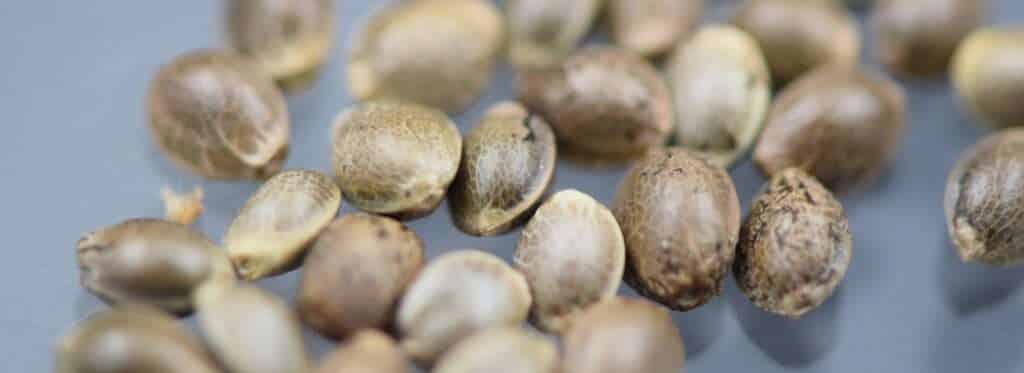
5. Pollinating Female Cannabis Plants
Pollinating a female cannabis plant in a controlled manner allows growers to produce seeds while maintaining the quality of their plants. Instead of letting pollen spread freely through the air, which can lead to unintended pollination, you can apply it directly to specific buds. This ensures that only selected branches or plants produce seeds, leaving the rest of the plant to continue growing seedless buds.
Methods for Pollinating Female cannabis Plants
Using a Brush for Precise Pollination
One of the most effective ways to pollinate a female cannabis plant is by using a small brush or paintbrush to apply pollen directly to the pistils (the white hairs on the buds). This method is ideal for controlled breeding because it allows you to target specific flowers without affecting the rest of the plant.
-
Dip the tip of a clean, dry brush into the pollen.
-
Lightly brush the pollen onto the pistils of the chosen buds.
-
Repeat the process on other buds if desired.
-
Allow the plant to rest in a low-airflow environment for a few hours to ensure the pollen adheres.
Using a Plastic Bag for Larger Pollination Areas
Another method involves using a plastic bag to distribute pollen over a larger section of the plant:
-
Place a small amount of pollen into a clean, dry plastic bag.
-
Gently cover a specific branch or section of the plant with the bag.
-
Shake lightly so the pollen spreads evenly over the pistils.
-
Remove the bag carefully to prevent excess pollen from spreading.
Best Time to Pollinate
The ideal time to pollinate a female cannabis plant is between the second and fourth week of flowering, when the pistils are most receptive. During this stage, the plant is still developing buds, and fertilization can successfully lead to seed formation.
By pollinating carefully and at the right time, you can maximize seed production while keeping the rest of the plant’s buds seed-free.
6. Waiting for Cannabis Seeds to Develop
Once a female cannabis plant has been pollinated, it will start producing seeds. This process takes about 4 to 6 weeks, during which you’ll notice several changes in the developing seeds.
At first, the seeds will be small and light in color, often white or green. As they mature, they will grow larger, turn brown, and develop dark stripes. Fully matured seeds will also have a hard shell, making them ready for harvest.
To ensure healthy seed development, take good care of your plant:
-
Provide Proper Lighting – Keep a consistent light cycle to support growth.
-
Use the Right Nutrients – A well-balanced nutrient mix helps the plant focus on producing strong, viable seeds.
-
Avoid Overwatering – Too much water can stress the plant and affect seed quality.
-
Minimize Stress – Keep the environment stable by avoiding extreme temperatures, pruning, or any major disturbances.
By maintaining optimal growing conditions, your plant will produce high-quality seeds that are strong, healthy, and ready for future cultivation. Patience is key—wait until the seeds are fully matured before harvesting for the best results.

7. Harvesting and Drying Cannabis Seeds
Once your cannabis seeds have fully matured, it’s time to harvest and store them properly to ensure they remain viable for future planting. Taking the time to harvest carefully and dry seeds correctly will improve their germination rate and longevity.
How to Harvest Cannabis Seeds
After 4 to 6 weeks of development, the seeds will be ready for collection. You’ll notice that mature seeds are hard, dark brown, and often have distinct tiger-like stripes. Immature seeds, on the other hand, will be soft, pale green, or white and may not germinate properly.
To remove the seeds from the buds, use one of these methods:
-
By Hand – Gently break apart the dried buds and pick out the seeds. This method is precise but time-consuming.
-
Using a Fine Sieve – Lightly rub the buds over a fine sieve to separate the seeds from the plant material. This is faster and works well for larger harvests.
Once collected, the seeds need to be properly dried and stored to prevent mold and maintain their viability.
Steps for Drying and Storing Cannabis Seeds
-
Dry the Seeds Properly
Spread the seeds out in a dark, cool, and dry environment. A drying period of at least two weeks is recommended to ensure they lose excess moisture. Avoid exposing them to direct sunlight or high humidity, as this can reduce their germination potential. -
Check for Ripeness
Before storing, make sure your seeds are fully mature. Mature seeds will be hard and dark brown with a protective shell, while immature ones remain soft or light in color. -
Prevent Moisture Damage
Moisture is one of the biggest threats to seed viability. Store the dried seeds in an airtight container with silica gel packs or dry rice to absorb any excess moisture. -
Store in a Cool, Dark Place
The best place to store cannabis seeds for long-term use is in a cool, dry environment, such as a refrigerator. Keeping them at a stable temperature will extend their lifespan, allowing them to remain viable for months or even years.
By following these steps, you can successfully harvest, dry, and store cannabis seeds for future cultivation, ensuring strong, healthy plants when the time comes to grow again. Read more about harvesting cannabis seeds: Harvesting cannabis seeds
8. Storing Your Cannabis Seeds
To keep cannabis seeds healthy and viable, it’s important to store them properly. Here are some tips for the best storage:
-
Airtight container – This keeps out moisture and air, protecting the seeds.
-
Refrigerator – Ideal for storing seeds for several years.
-
Freezer – Perfect for long-term storage (several years or more).
-
Silica gel or rice – Helps absorb moisture and prevents mold.
Before planting, make sure to let your stored seeds warm up slowly to room temperature. This will help ensure they germinate properly when you’re ready to grow.
Read more about how to store cannabis seeds: What is the best way to store cannabis seeds?
Making regular cannabis seeds Conclusion
Making regular cannabis seeds is a fascinating process that gives you complete control over your plant’s genetics. By carefully selecting parent plants, isolating males, and pollinating in a controlled manner, you can create high-quality cannabis seeds. This ensures a steady supply of seeds and allows you to experiment with different strains and characteristics.
Now that you have the knowledge to make your own cannabis seeds, you can start experimenting and perfecting your breeding skills. Happy growing! 🌱

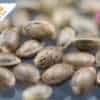

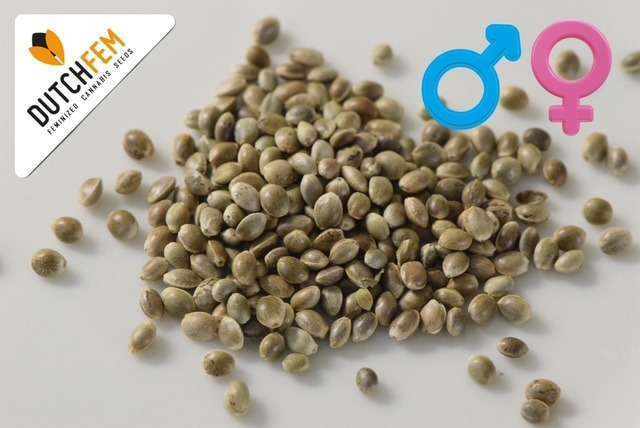
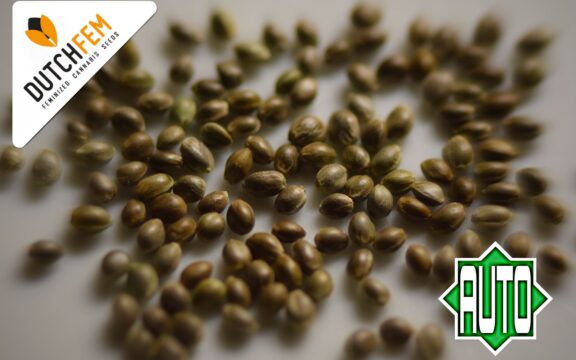
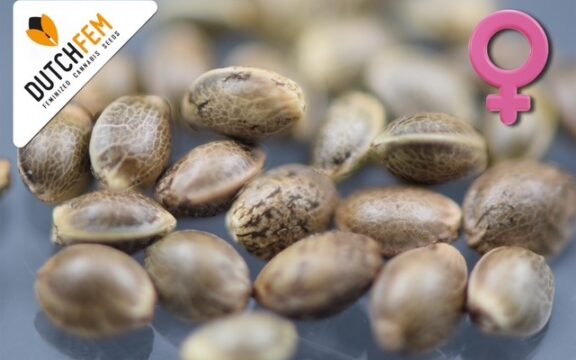

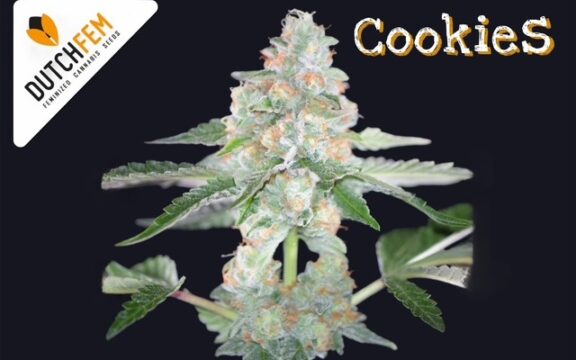




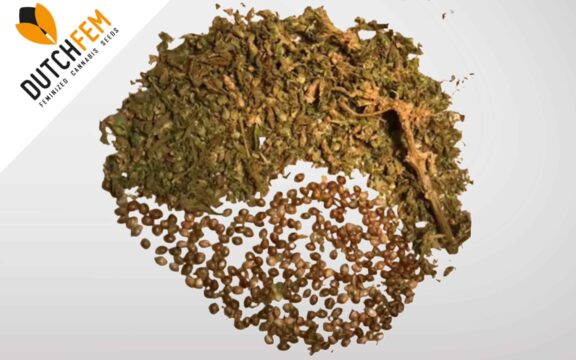





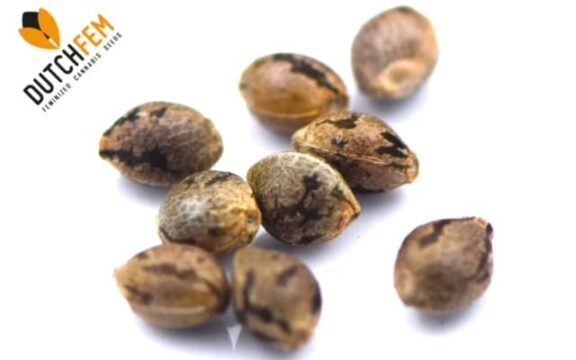
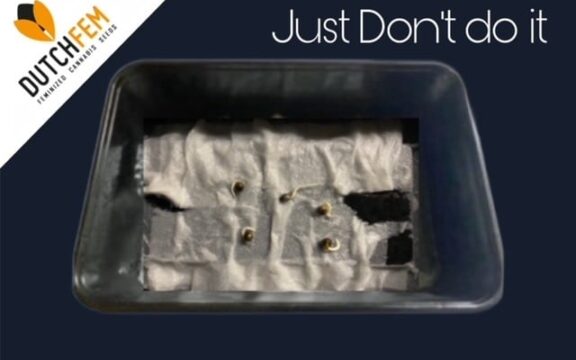
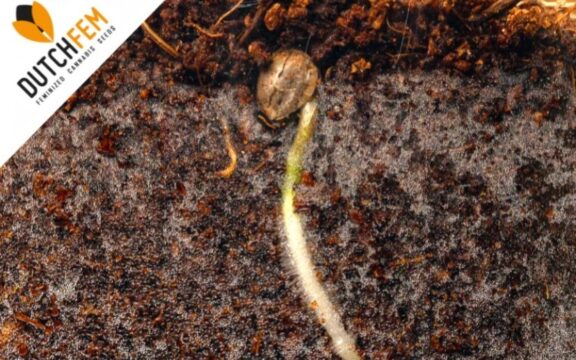





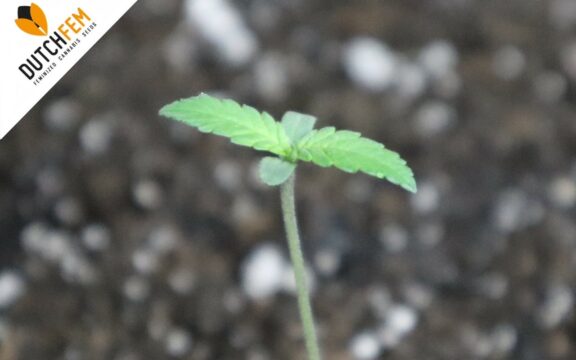


You must be logged in to post a comment.